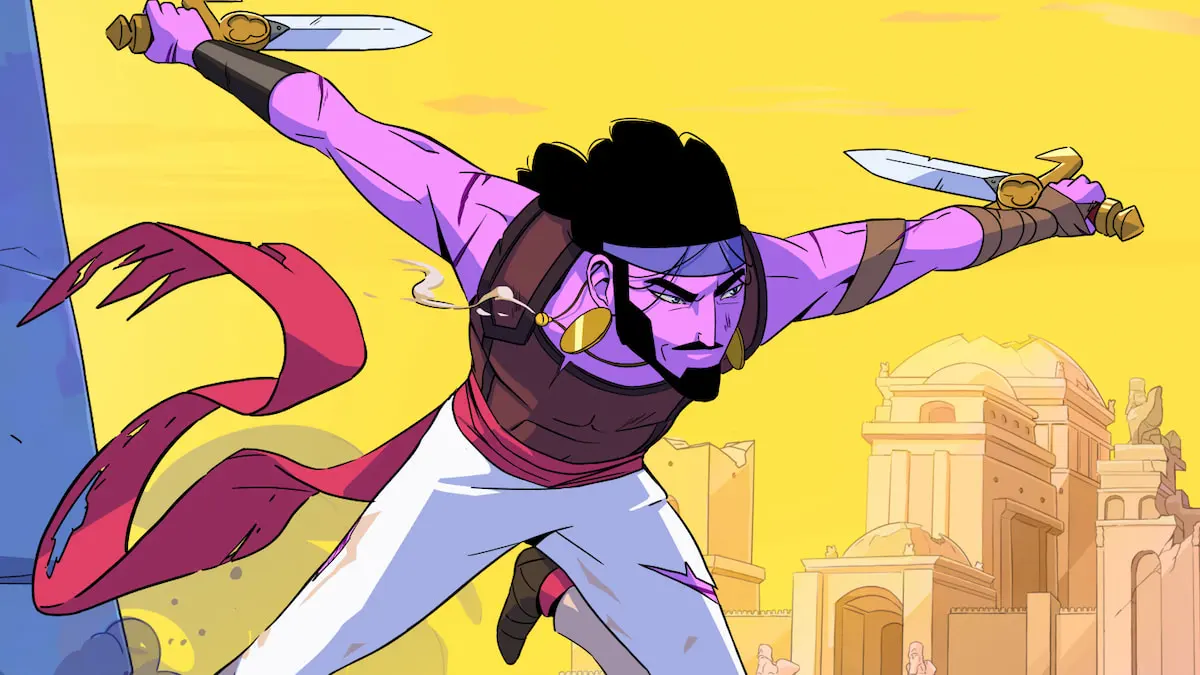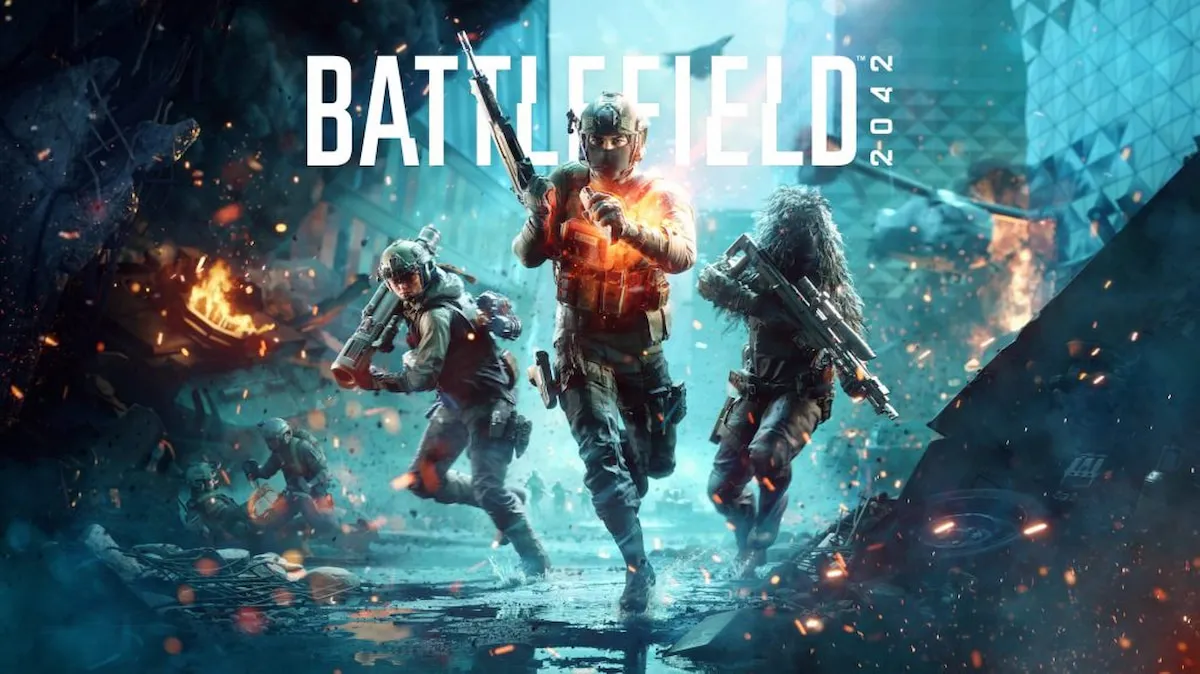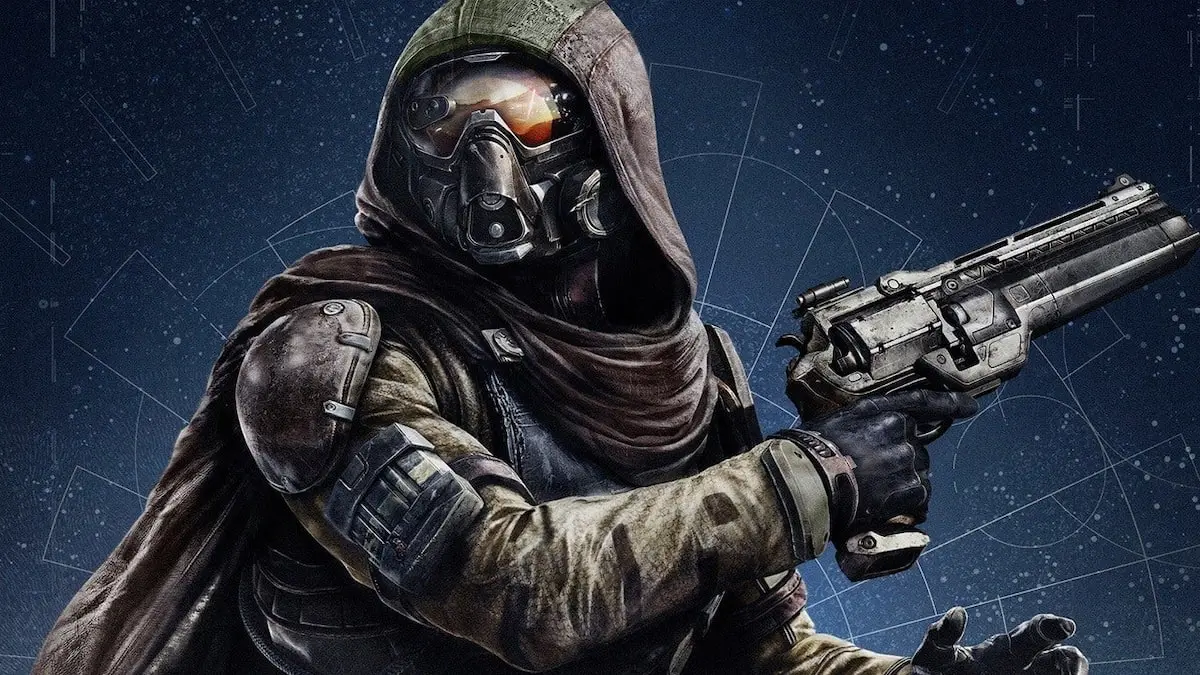What was your role on Skyrim?
I’m a level designer at Bethesda, one of the eight people who built the 700+ dungeons and points of interest in the game. In addition to my share of locations, I also worked on a couple of quests, Hearthfire’s Adoption system, and the strategy guide.
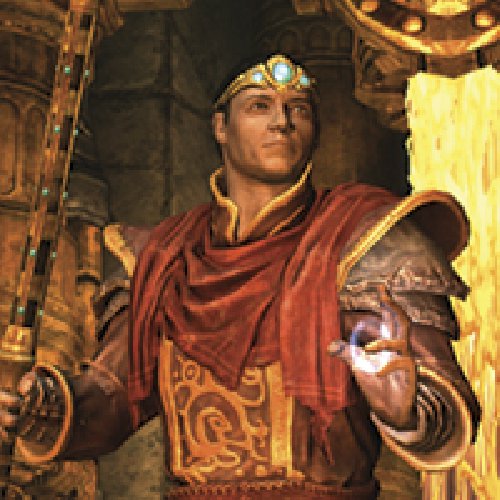
How did you get involved with the guide?
Two years ago, in May of 2011, we were in the final stages of development for Skyrim. This is an incredibly busy time for the development team– levels and quests are being finalized, game systems and balance are constantly changing, and hundreds of bugs are being entered and fixed every day. And amid all of that, the guide needs to be written.
A few months before, I had mentioned an interest in working on it. I’ve collected strategy guides for years, and working on the guide for an Elder Scrolls game seemed like the ultimate documentation challenge.
Like David, I don’t think I really knew what I was getting myself into.
What surprised you the most?
Skyrim is big. Really big.
That might seem obvious now, but up to that point, I had only worked on my small share of the game– thirty or so dungeons, and about as many points of interest. Sure, I had tested some quests, and spent a few hours exploring, but I never really had the time or perspective to take in the full scope of the game. I think that was the case for a lot of us.
My first task for the guide was to assemble a list of quests for David to play through. The result was almost four times longer than our previous internal master list, more than six times the number of quests and activities in Fallout 3. I couldn’t believe it was accurate. It wasn’t. I had missed a few.
What did you do on the guide?
As David’s primary contact with the development team, I was on call to answer his questions, track down obscure facts and requirements, and offer suggestions on subjects ranging from overall organization to the best tactics for specific encounters. In the other direction, I also compiled the notes and tips I received from the team and passed them along to David, who developed them into the Training section of the guide.
All of that is fairly typical. But as work on the guide got underway, the sheer scope of the project ahead of us became clear, and I began to take on more of the “data-wrangling” (as David called it). While he played through a huge number of quests, and our co-author, Steve Stratton, delved into hundreds of dungeons, I started documenting systems and compiling tables– lists of quests and locations, catalogs of items, spells, and powers, records of crafting recipes and systems, and our massive bestiary. In many cases, this was data we had never seen assembled in one place before, and it helped us to address a number of last-minute issues.
In July, the first drafts from David and Steve began to arrive, and I moved on to the third part of my work: editing. Our quest and level designers combed through their respective sections. I reviewed everything, cover to cover, making corrections large and small. Then we did it again with the proofs. Twice. Just to be sure.
I didn’t finish my work on the original guide until late on the night before Skyrim’s release– while the first livestreams were playing, I was looking through the eGuide. I signed off, then headed out to the midnight release with everyone else.
A few months later, we did it all again for the Revised & Expanded Edition. And then again this spring for the Legendary Edition. In total, I’ve read the entire guide cover to cover something like six times now.

Did the rest of the team at Bethesda contribute to the guide?
Absolutely. The design team was involved in every step of the process, answering questions, reviewing notes, and editing the text as it came in. I also received some great tips and suggestions from our art, programming, and production teams, ranging from individual comments to detailed notes on the systems they had worked on– including, in one case, an incredibly comprehensive analysis of the Alchemy system from one of our artists, complete with his own tables and statistics.
Beyond the developers, our QA testing group also provided some terrific strategies and advice, and helped verify the huge volume of tables and statistics I had compiled. I also appreciate the support of our producers and marketing team, who provided some great input on the visual design and organization of the guide.
What was your favorite part of working on the guide?
The guide was a lot of work, but there were a lot of great moments, too– from that first look at the massive quest list, to my correspondence with David and Steve (among the most detail-oriented people I’ve ever met), to seeing copies of the final guide stacked like a wall on the front desk of our office.
But as a designer, I think my favorite part of working on the guide was the chance it gave me to step back and see the game in a different way than everyone else. That kind of perspective is rare, and it helped me spot opportunities I could explore in our add-ons. The original game had an orphanage that didn’t really do anything once you finished the quest there– why not let you adopt the children? We only used rising water in one small area– why not make the water level the central theme for a dungeon? We unlock a number of areas when you’re on the right quest– why not do that progressively to a dungeon, over the course of a single quest?
So what do you plan to do now?
Play Skyrim.
Seriously?
While David and Steve put in over 3,000 hours of playing the game, most of my work involved compiling stats and editing text. I’ve got a lot of catching up to do. And if I ever need a guide, well, I know where to look.
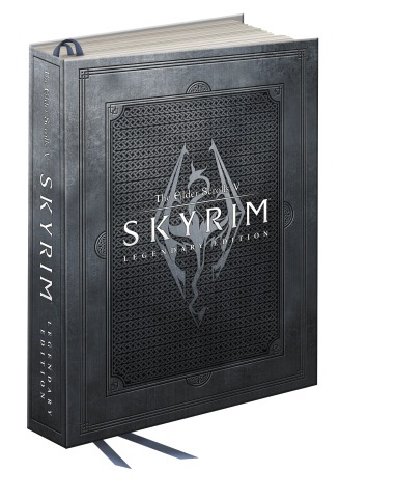
Read “Writing the Skyrim Legendary Edition Guide, Part I” by David Hodgson.
Get your copy of the Skyrim Legendary Guide today!


